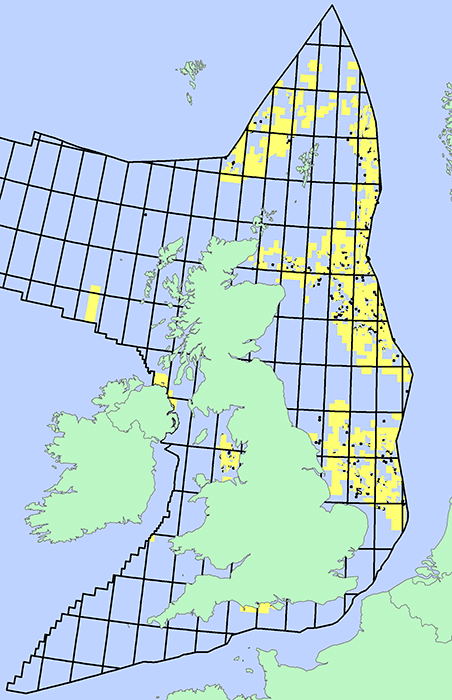The UK 28th Licensing Round is anticipated to open in February 2014, the seventh since the Fallow and Promote initiatives were introduced in 2003 to encourage exploration growth (GEO ExPro, Vol. 3, No. 6). Although some areas were excluded from the earliest of these rounds due to the necessity to conduct progressive SEAs, by the 26th Round in 2010 these had been completed and all open acreage, with a few exceptions resulting from logistical, environmental or military restrictions, is now routinely offered for licensing. Tightening of environmental legislation has meant the last three rounds were awarded in two phases as more environmentally sensitive areas required further assessment – in particular delaying awards in the Southern North Sea and, to a lesser extent, the East Irish Sea and Inner Moray Firth.
Although the UKCS has been mapped and re-mapped for nigh on 50 years, it is only in the last ten or so years that the fruits of these exercises have become more widely disseminated, both by oil companies and government. This historic data has considerable value in determining the potential of acreage that will be available in the 28th Round. It is noticeable that new plays and ideas gestated by Promote companies over the last ten years are being adopted by more established players with the financial clout to drill. Most high profile is the Catcher area, in Quad 28, previously neglected except for rare wells on conventional plays, which had little success. The emergence of a Promote company with the freedom to work up its own plays led to the Catcher discovery and the opening of a new play fairway, significantly increasing activity along trend. Similarly, a succession of Promote companies working the northern flank of the Mid North Sea High developed a play that relies on a new source rock for the region and interesting new geological concepts, now being adopted by more established companies and hopefully soon to see the drill-bit.
Potential in Unlicensed Acreage
There are over 2,000 undrilled prospects/leads and nearly 500 undeveloped discoveries in the Hannon Westwood database, with 834 prospects/leads and 130 discoveries lying in unlicensed acreage. Significant acreage was relinquished at the end of 2013, which will increase with additional relinquishments expected in the run-up to the 28th Round. The database information has been derived from a variety of sources and is sometimes sketchy but each case was interpreted as a prospect or lead – and at one time believed in by a geoscientist.

The gross unrisked recoverable resources for the unlicensed prospects are 35.75 Bboe and about 1,275 MMboe for the unlicensed undeveloped discoveries. By size, prospects are shown to have a good normal distribution, although the nine largest, and possibly most nebulous, prospects have been omitted. Over 150 have estimated potential in excess of 50MMboe recoverable resource, and with a similar distribution, over 30 of the undeveloped discoveries have potential in excess of 10 MMboe recoverable.
Although there is little acreage on the UKCS that has not been available at some point in the last ten years, there is room for new ideas and plays. There is a surprising amount of previously mapped potential which is publicly available, while re-working of data by successive licence groups has increased the understanding of prospect risks. Better geological understanding, seismic acquisition and processing techniques, combined with tools such as EM, have improved resolution and reduced uncertainty. Robust and stable oil prices have enhanced project economics despite rising costs, although to the detriment of some gas-dominant projects. Clearly, by understanding previous technical work and mapped potential, new evaluation of old acreage can be advanced in the most efficient and effective fashion.







